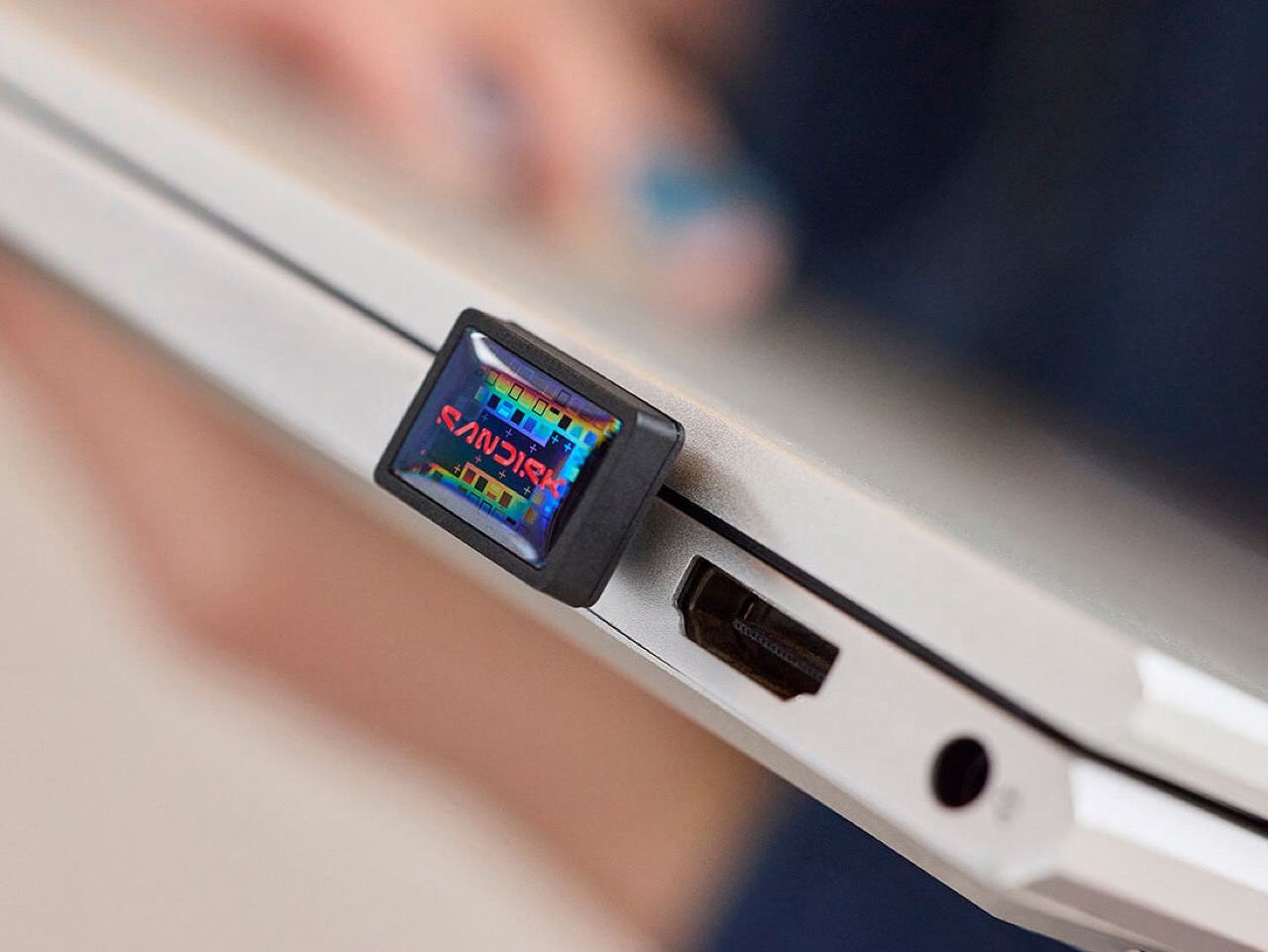
"Plug it in, and it all but disappears, silently transforming your laptop, tablet, or car into a storage powerhouse. For anyone who's hit the dreaded "disk full" warning, this tiny drive is a compelling solution, a simple fix for the sin of buying a laptop with too little built-in storage. It's the kind of gadget that feels like it was designed out of pure necessity in an era of soldered-down SSDs."
"The entire proposition hinges on its physical footprint, or lack thereof. You can slide a laptop into a tight sleeve without the drive catching or creating a pressure point on the screen. It turns the USB-C port from a temporary data gateway into a semi-permanent expansion slot. This is a fairly clear admission that sometimes, cloud storage isn't the answer, and a dangling external SSD is just another piece of gear to carry and potentially break."
"But let's be clear about what this is, and what it is not. This is a capacity play, not a performance one. SanDisk claims read speeds of up to 400MB/s, and while that's respectable for a drive this size, it's a far cry from what you'd get from a proper external SSD, let alone your internal drive. For context, a decent portable SSD like Samsung's T7 will hit speeds over 1,000MB/s, and your laptop's internal NVMe drive likely operates anywhere from 3,000 to 7,000MB/s."
SanDisk's Extreme Fit USB-C is an extremely low-profile flash drive that expands device storage without opening chassis or voiding warranties. The drive sits nearly flush in a USB-C port, allowing laptops, tablets, and cars to gain semi-permanent capacity without protrusion or snagging in tight sleeves. Models come in 128GB, 256GB, 512GB, and 1TB, all identical in physical size. The product prioritizes capacity and convenience rather than raw speed, with claimed reads up to 400 MB/s, well below portable SSDs like the Samsung T7 or internal NVMe drives. The drive is unsuitable for high-bandwidth tasks like editing 4K video directly.
Read at Yanko Design - Modern Industrial Design News
Unable to calculate read time
Collection
[
|
...
]